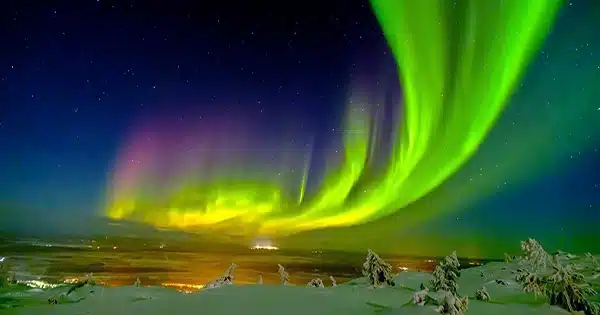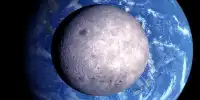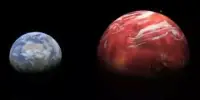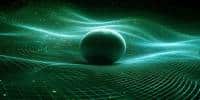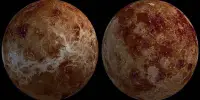Strange blobs of brilliant light were seen floating in Europe’s night sky after a solar storm, perplexing onlookers.
On April 23, a coronal mass ejection (CME) from the sun smashed into the Earth’s atmosphere, generating a “severe” G4-class geomagnetic storm.
Skywatchers were expecting to see the regular auroras that occur during a CME-triggered geomagnetic storm, but while those in Europe watched, the aurora began to morph into strange blobs.
“I had never seen anything quite like it,” Saxony, Germany’s Heiko Ulbricht, told SpaceWeather.com. “The auroras began to tear themselves apart, pulsating as individual blobs floated high in the sky.”
“It literally took my breath away,” he said of the experience. “My pulse was still racing several hours later.”
Users on social media shared Ulbricht’s photo, marveling at the sight.
These were proton aurora, which was created by Earth’s invisible planetary rings made of electricity, known as ring currents. They are made up of electrically charged ions that travel in a huge ring of electrical current around the Earth.
Protons from this ring system can rain down on Earth during extremely intense geomagnetic storms triggered by a plume of solar plasma from a CME striking the Earth’s magnetic field and atmosphere. This results in a secondary shower of electrons that react with substances in our atmosphere, resulting in these bizarre auroras.
According to Brett Carter, an associate professor of space science at RMIT University in Australia, “the different colors are the result of electrons relaxing from different energy levels from oxygen—the most common reds and greens—and nitrogen—dark reds/blues.”
Unlike conventional auroras, which are created by CME particles and particles from the Earth’s magnetosphere colliding with the atmosphere, these proton auroras are caused by the Earth’s unseen rings colliding with the atmosphere. Proton auroras pulsate as a result of plasma wave action in the Earth’s ring current. They appear more frequently at sunset when the Earth’s magnetosphere drives protons toward the planet’s twilight side.
However, the precise explanation for the auroras splitting themselves apart in such an unusual manner remains unknown.
“We still don’t know why proton auroras seem to tear themselves apart in such a dramatic way,” Boston University space physicist Toshi Nishimura told SpaceWeather.com. “This is a question for future research.”
Proton auroras have also been observed over France, Denmark, and Poland.
Because of the severity of the storm, regular auroras were observed further south than usual during the same geomagnetic storm. Northern lights were photographed as far south as California, as well as in Illinois, Wyoming, and Nevada.
